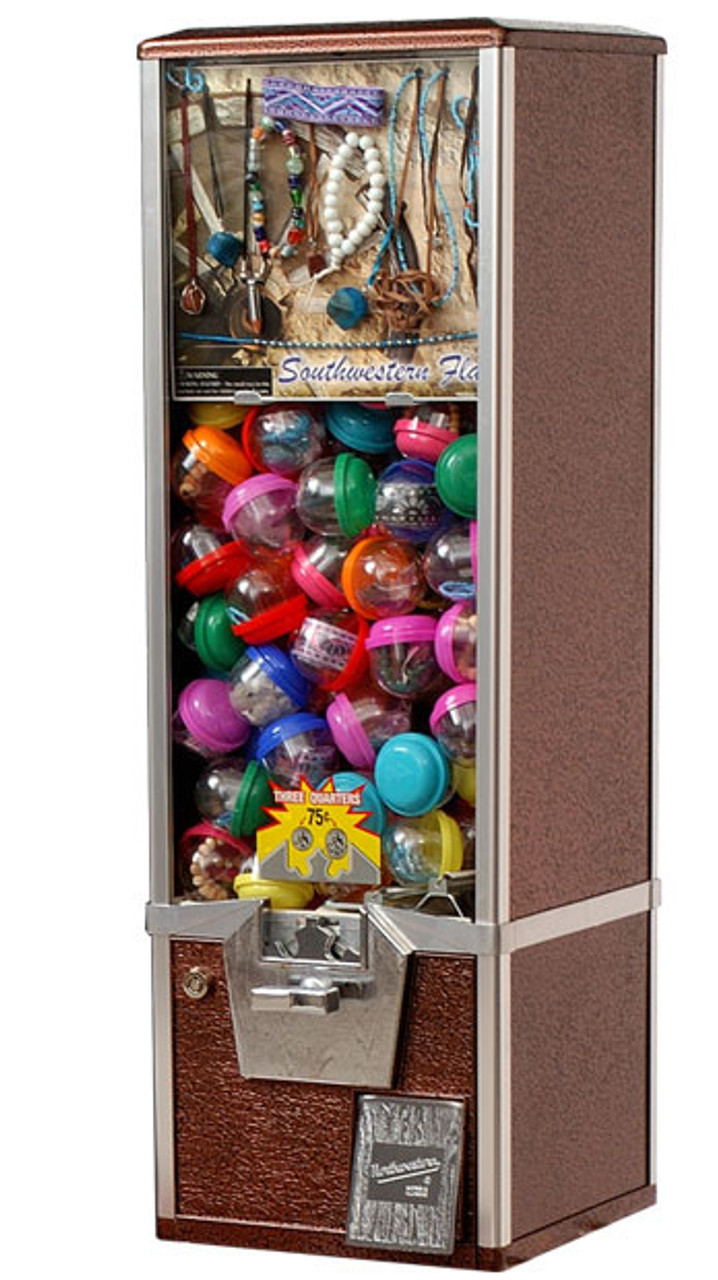
COMPOSE COLOR MACHINE HOW TO
This whole section is really just scratching the surface, but hopefully after reading it, you at least understand how to read expressions and make sense of what they are doing. As an example, you could query an API for a value to use as part of the query provided to essql. Since you can nest any expression you want, you can also use this behavior to mix data from multiple indices, or even data from multiple sources. Sub-expressions can seem a little foreign, especially if you aren’t a developer, but they’re worth getting familiar with, since they provide a ton of power and flexibility. If all of these sub-expressions evaluate to true, then the if condition argument will be true. Then, each sub-expression of the all function is run, with the context given to their parent, which in this case is the result of getCell price.


This time, getCell price is run, and the result is passed into the next function as the context. To demonstrate this, let’s modify the expression slightly to compare the value of the price against multiple conditions using the all function. The passing of the context is automatic, and it happens no matter how deeply you nest your sub-expressions. In this specific expression, demodata’s data table is automatically provided to the nested expression’s getCell function, which allows that expression to pull out a value and compare it to another value. When nested sub-expressions are executed, they automatically receive the same context, or output of the previous function that its parent function receives. The answer is simple, but important to understand. You might be wondering how the getCell function in the sub-expression accessed the data from the demoData function, even though demoData was not being directly inserted into getCell. In both cases, a base64-encoded image will be returned, and one of the two images will be displayed. The output from the else expression is used when condition is false. The output from the then expression is used as the output when condition is true.

That boolean value becomes the value for the condition argument. Returns true if the value is 100 or greater, and false if the value is 100 or less Retrieves the value from the price column in the first row of the demodata data table


 0 kommentar(er)
0 kommentar(er)
